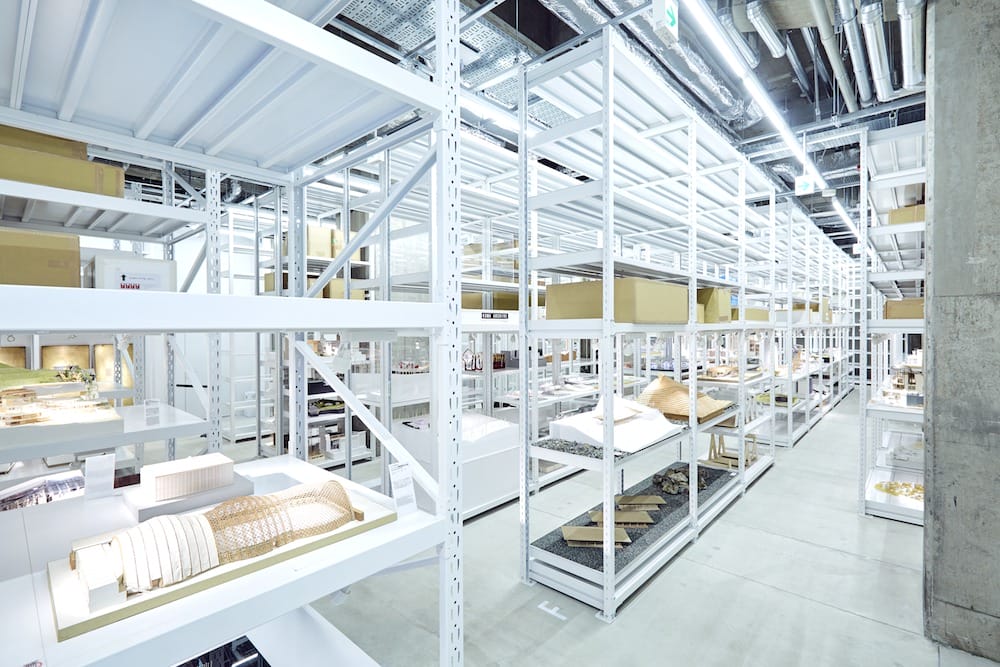An archi-depot is a specialized facility, often a museum or archive, dedicated to the collection, preservation, exhibition, and study of architectural models, drawings, and related materials. These institutions play a crucial role in safeguarding architectural heritage and providing insights into the design process.
Core Purpose and Significance
The primary functions of an archi-depot revolve around several key areas:
- Preservation: Protecting often delicate architectural models and original documents from degradation, ensuring their availability for future research and appreciation.
- Exhibition: Making architectural works accessible to the public and professionals through curated displays, often highlighting specific architects, periods, or themes.
- Education and Research: Serving as a vital resource for students, academics, architects, and historians to study design methodologies, historical context, and the evolution of architectural thought.
- Documentation: Archiving the tangible outputs of the architectural design journey, from conceptual sketches to detailed presentation models, offering a comprehensive view of a project's development.
Typical Collection Contents
An archi-depot's collection can be diverse, generally encompassing:

- Architectural Models: A wide array, including conceptual, study, working, and final presentation models, constructed from various materials like wood, plastic, metal, and paper.
- Drawings and Plans: Original hand-drawn sketches, technical blueprints, renderings, and presentation drawings.
- Digital Assets: Increasingly, this includes CAD files, 3D renderings, and digital project documentation.
- Photographs and Audiovisual Material: Documenting built projects, models, or the design process itself.
- Associated Documents: Correspondence, project briefs, and notes that provide context to the architectural works.
Primary Users and Beneficiaries
Archi-depots cater to a broad audience:
- Architects and Urban Planners: For inspiration, precedent studies, and understanding past solutions.
- Students and Educators: As a fundamental resource for architectural education and research.
- Historians and Curators: For scholarly research, developing exhibitions, and contextualizing architectural history.
- The General Public: Offering an opportunity to engage with architecture as an art form and understand the complexities of the built environment.
Contemporary Relevance and Digitalization
In the modern era, archi-depots are adapting to new technological possibilities. This includes:
- Digital Archiving: Creating high-resolution digital surrogates (scans, 3D models) of physical items for wider access and preservation.
- Online Databases and Catalogs: Making collections searchable and accessible remotely.
- Virtual Exhibitions and Tours: Utilizing digital platforms to engage a global audience.
This focus on digitalization complements traditional preservation methods, ensuring that the invaluable resources held within archi-depots continue to inform and inspire future generations of designers and thinkers.







